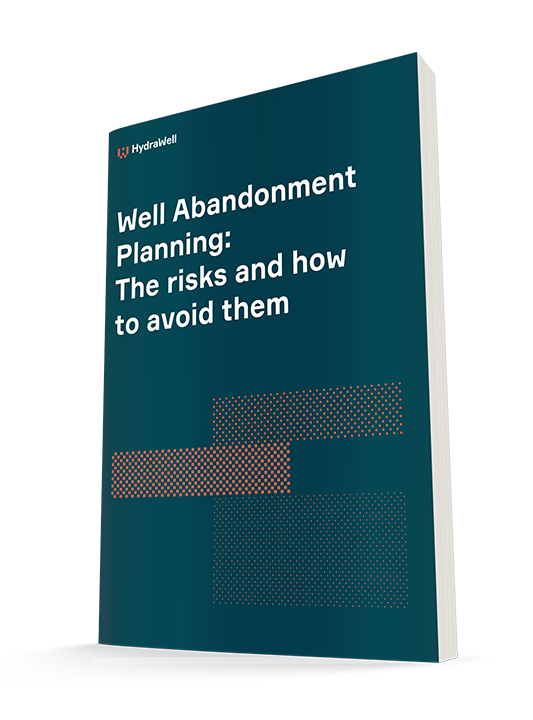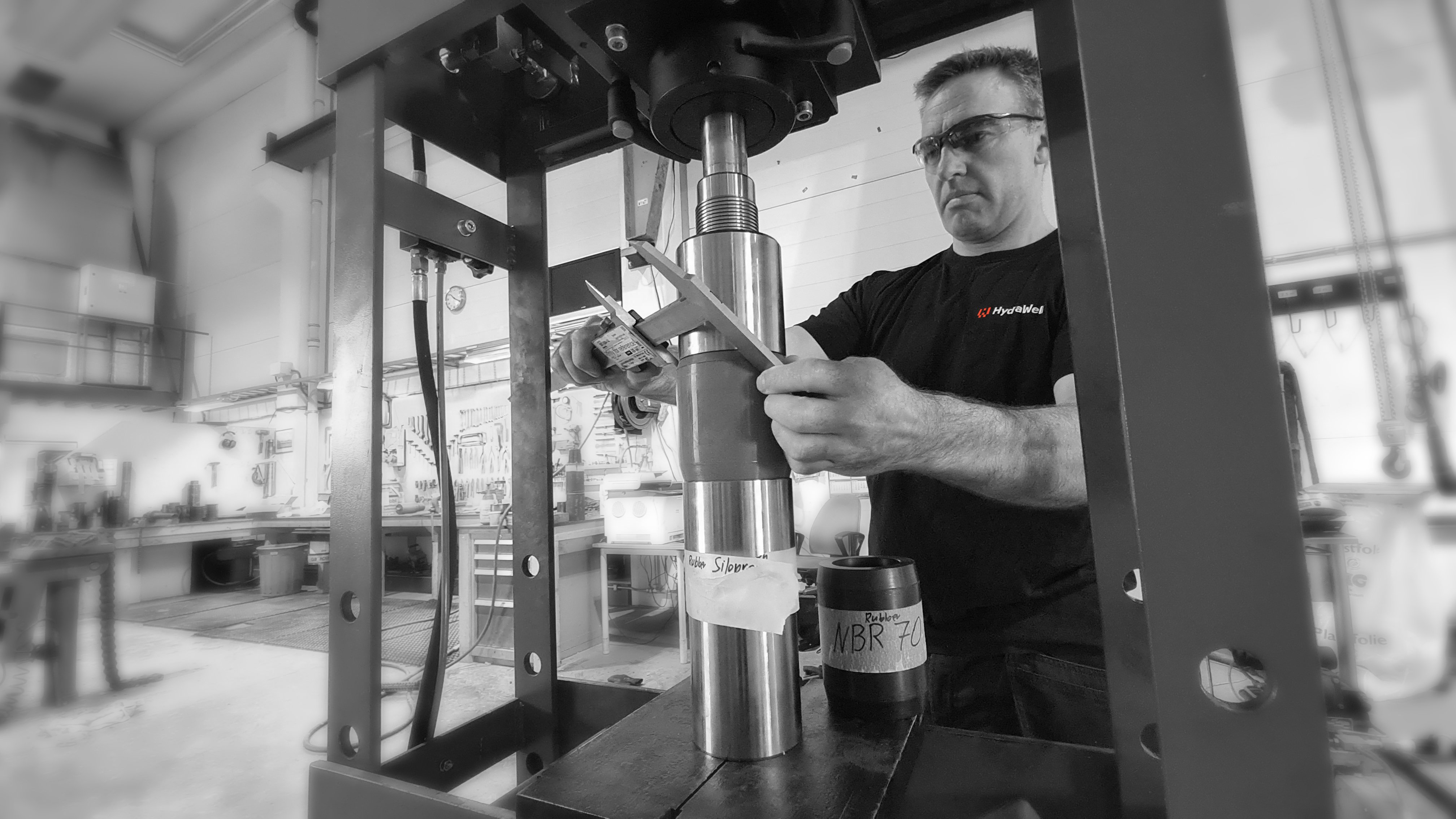How to identify common risks associated with permanent plug and abandonment of wells
What is the importance of missing data?
Normally, when we start looking at a well or a group of wells for abandonment, there is a lot of information that we want to have when planning the operation.
This comes from a variety of sources - reports from when the well was constructed, such as end of well reports, the daily drilling reports, and the contractors reports for cementing and logging jobs, just to name a few. We also need information on the field and the wells during the production life, such as annular pressure build-up profiles, chemical compositions of production and annular bleed-offs, and intervention reports, and the geological logs of the formations encountered by the well.
However, this might not be as easy to come by as you might think. This information could be missing or misplaced, the quality can be less than ideal, and there could be gaps in the data sets. Some of the information needed might have been recorded 30-40 years ago, and is lost, either because it was recorded on a system no longer in use, or on paper which is now completely illegible. Another issue can be that the well or field has changed owners, and a lot of the information that was considered irrelevant at the time of transfer could have been lost or destroyed in this exchange. Sometimes, the data is there, but you have no idea where it is, and you might have to go through hundreds of documents in order to find what you need before starting to plan a P&A campaign.
Not having this information means that we might not know how the well was constructed, but even with this information the conditions in the well could have changed. There may be damage from corrosion, the fluid in the annuli could have deteriorated and if it has, we need to know by how much. Also critical is the tubing or casing condition, as corrosion may have impaired its tensile strength. If you’ve got drilling mud in an annulus, then it’s common for the solids to settle out over time. This can form bridges or a solid mass at the bottom, which will make circulating in that annulus difficult, and pulling the tubulars can result in stuck pipe. The formations can also impact the wellbore over time by collapsing or squeezing against the casing. This can make recovering the casing difficult but can be used as part of the abandonment design if the squeeze seals the annulus effectively. Commonly, components of the well that were originally designed to move or be moveable, such as a retrievable packer, may, in practice, not be easy to retrieve at all. Further risks include not knowing where the “top of cement” is, it might be lower or higher than expected, we may not know the quality of the cement, and we may not be able to rely on the cement during our planning. In such cases, it may be required to validate the cement quality first, via logging or testing, and we won’t know the outcome of these investigations before starting.
These data gaps and unknown well conditions lead to increased technical risk when attempting well abandonment. Where data gaps exist, it will be worth considering gathering data from the well in order to confirm current well conditions. If you continue planning based on assumptions, the risk is that these may be wrong and that you end up getting unexpected surprises. What you plan may not work, or it may take significantly longer to complete than you planned.
Why are these risks important to consider?
When planning well abandonment, there are significant chances of issues resulting in cost overruns. A typical job with a planned duration of 15-30 days could easily double to become a 60-day job. For a typical North Sea well, this can be a cost overrun of several million dollars. And for a Subsea well, the cost overrun can be more than double that of a platform well.
In order to plan your P&A campaign in the best way possible, the following information is critical to procure:
- The configuration and materials of all tubulars
- The quality and extent of all cement jobs
- The formations in the overburden and their characteristics, particularly permeability, pore pressures, and capacity to produce water/hydrocarbons
- Well isolation envelopes and whether they are intact and still working, includes the seals in the wellhead, valve function of the Christmas tree, and integrity of the tubing and the casing.
However, you can never have enough data! So, if you have it readily available, you should keep it and use it in the planning process and during the P&A campaign.
Now you know how to identify common risks, but what should you do about them? Download our content offer below to gain insight to these challenges and how to manage them:





